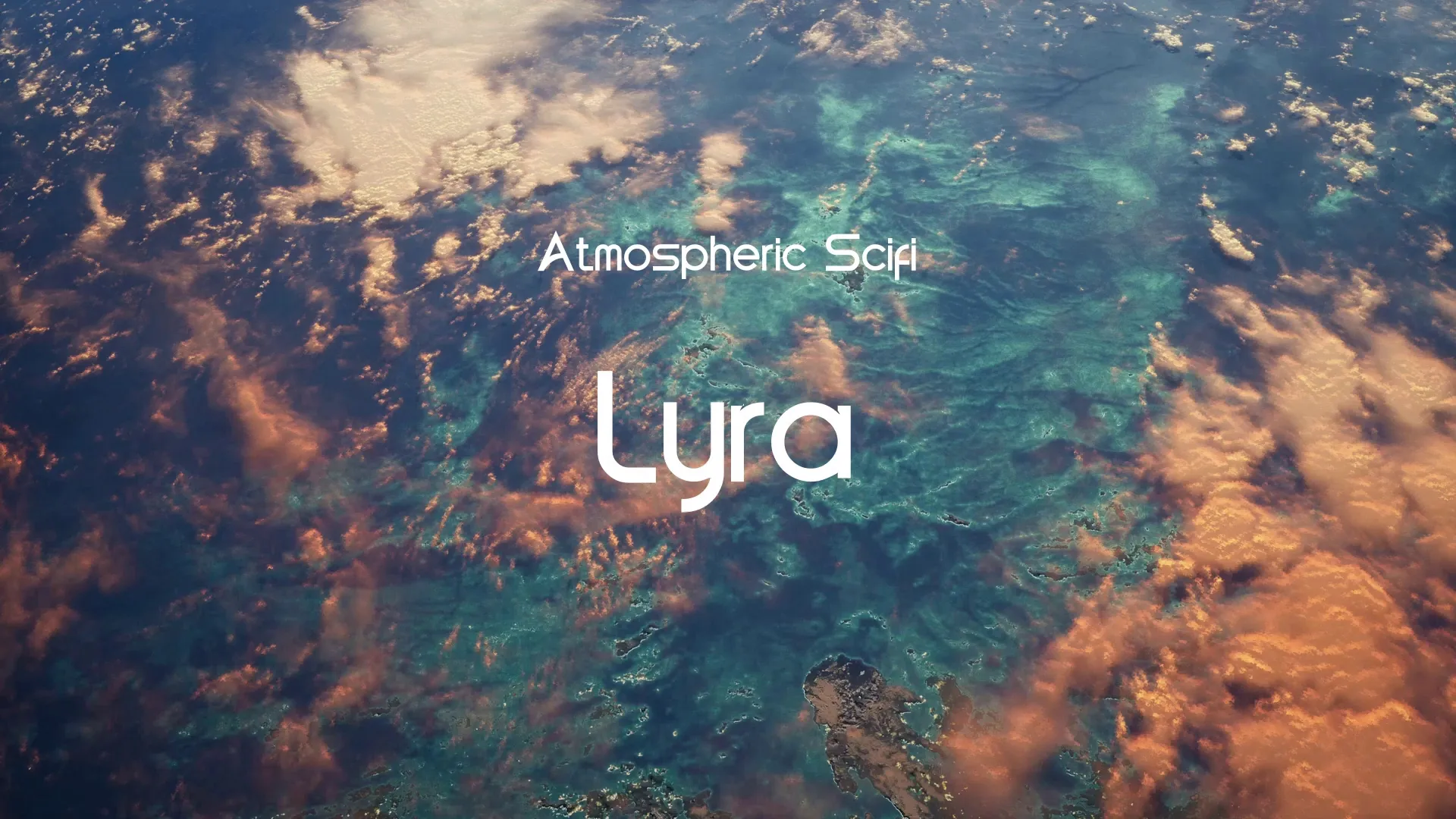Technical Guide: Seamless Game Engine Integration for Optimal Performance
Game engine integration is a critical phase in development, directly impacting performance, stability, and workflow efficiency. A well-executed integration can save countless hours and prevent major technical debt. This guide outlines best practices for achieving seamless integration and optimal performance in your game projects.
Early Planning and Engine Selection
Choosing the right engine is the first and most crucial step in the integration process. Consider your project’s scope, target platforms, team expertise, and specific technical requirements. For a deeper dive into engine comparison, you might find this article helpful: Unity vs. Unreal vs. Godot: Choosing Your Engine in 2025.
Define clear architectural guidelines early to ensure all components fit together cohesively. Document your chosen engine’s specific integration points and limitations.
Modular Design and API Abstraction
Adopt a modular design philosophy for all custom systems and external libraries. This approach isolates components, making them easier to integrate, test, and update independently.
Create an abstraction layer between your game logic and the engine’s native APIs. This reduces tight coupling, allowing for easier engine migration or updates in the future.
Encapsulate engine-specific calls within dedicated manager classes or services. This centralizes interaction with the engine, simplifying maintenance and debugging.
Asset Pipeline Optimization
Establish a robust and automated asset pipeline from the outset. This ensures assets are correctly imported, optimized, and compatible with your chosen engine’s specifications.
Define clear naming conventions and folder structures for all assets. Inconsistent organization leads to bottlenecks and errors during integration.
Utilize engine-specific tools for asset optimization, such as texture compression, mesh simplification, and LOD generation. These steps are vital for maintaining performance.
Implement version control for all assets and code. This prevents conflicts and allows for easy rollback to stable states.
Performance Considerations from Day One
Performance should be a core consideration throughout the entire integration process, not an afterthought. Profile your game regularly, even during early development stages.
Understand your engine’s rendering pipeline and optimize your scenes accordingly. This includes batching, culling, and efficient material usage.
Minimize unnecessary calculations and object instantiations at runtime. Object pooling, for example, is a powerful technique for performance optimization.
Create a free account, or log in.
Gain access to free articles, game development tools, and game assets.
.webp)





















.webp)
